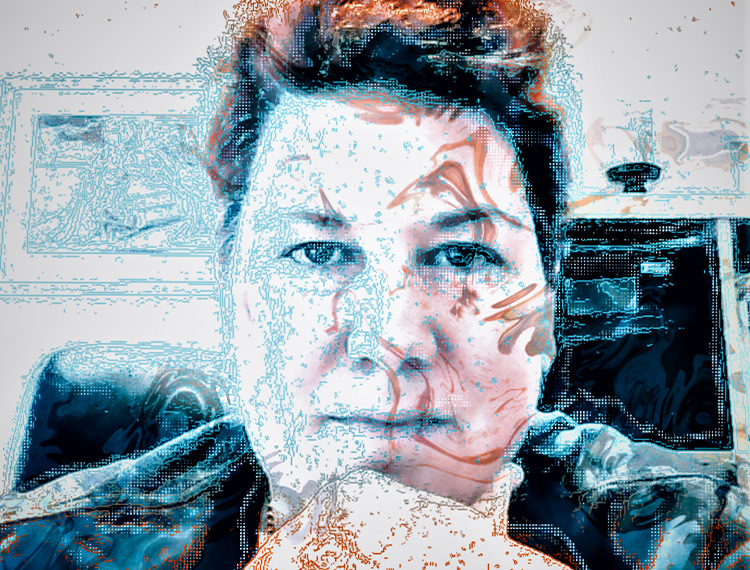Professional skills and technology key to setting up the remote generation for success

With education and end-of-year exams thrown into disarray by Covid-19, the University of Cambridge has announced that there will be no face-to-face lectures until summer of 2021. While smaller teaching groups may take place in person, the bulk of teaching will shift to online only, in order to meet social distancing requirements.
Beyond the obvious considerations for would-be students regarding the traditional campus experience, the implications of this digitalisation of education are interesting. Despite technology being ever more widely used at universities, from submitting coursework to accessing journals, university life itself still tends to be a very face-to-face reality. Lecture halls, Tuesday afternoon seminar sessions, and drinks in the SU bar afterwards.
Adapting to changing times
Universities, colleges and schools across the country have scrambled to adjust to remote learning, but for some disciplines and industries this has been easier than for others. One example is the study of visual design and creative technology. This area of study spans a whole range of exciting potential careers. From designing digital backdrops for the West End’s biggest stage shows, to 360 experiences at festivals, it encompasses a breadth of skills and career opportunities.
Notch is a provider of real-time 3D graphics design software to creators of live events and interactive installations. It works with universities to provide its software to students on creative technology courses, so lecturers can teach the tools the industry is using.
One of the universities Notch works with is the Backstage Academy in Wakefield. Founded in 2009, the university offers specialist degrees for the live events industry, including a BA in Live Visual Design & Production. Graham Thorne is a lecturer at the university and when asked about the impact of Covid-19 on teaching, notes that “students are very active behind the keyboard anyway. We’ve been looking at virtual reality for over a year”. However, with a focus on live design and practical projects, the department made the shift to online delivery when universities were locked down. Teaching is happening via Zoom. Project development days are happening online, by sharing screens. The traditional seminar set up, done remotely.
Using the tools of the trade
Graham describes how he came across Notch as a tool being used by large-scale production stage shows. “Universities are research institutions, and my job as a course leader is to understand the tools that are being used. I became aware that multi-million pound shows were using Notch and knew it was something our students needed to learn. We were the first university to get the software.” With the university package, every student on the Live Visual Design & Production course has access to the software on campus. Half of the students on the course now have a Notch dongle, allowing them to continue creating their designs from home too.
Lecturer Sven Ortel and student John Erickson, from Austin Texas University, have also been making the most of the time away from campus to consolidate the skills which are essential in the industry. John, a student on the MFA integrated media programme, has a background in video design on Broadway shows, such as Be More Chill. He came back to university, wanting to explore other opportunities for his skills in video, such as theatre. “I wanted to learn the main programmes other people in the other industry were using”, John explained. “Notch was definitely one of them – I wanted to be a part of it”.
At the start of lockdown, the Notch team sent out enough dongles for all of the students on Sven’s course. Fortuitously they arrived just in time for Spring break, so everybody was set up to continue working from home when lockdown hit. Studying remotely, the whole class shifted its focus from the skillsets needed for physical installation, to learning how to create specific visual effects. Since a real-time demonstration of these skills was no longer an option, the students rendered and displayed a 360 YouTube video as their final project instead. The skills needed and the educational experience were similar. The learning was easily adapted to suit a remote set up.
By recognising the skills and tools the industry needs, both Graham and Sven support their classes in securing jobs, not just learning, with many of their students participating in large industry trade shows, city centre installations and stage productions. It’s perhaps no surprise then that many of their students go on to work for top design studios or stage shows, where they’ve previously participated in work experience. Education is evolving and as these courses in creative technology demonstrate, learning applicable skills and the tools of the trade, are an important way of ensuring employability.
The workforce of tomorrow
Many students have always gone to university for the love of learning and for the experience. Many will be focused on a subject and not a profession. Many will experience it as an important coming-of-age period. Today’s learners should benefit from all of the same opportunities available to previous generations. But additionally, as demonstrated by universities like Backstage Academy and Austin Texas University, combining cutting-edge technology, and relevant professional skills into learning, will help support the workforce of tomorrow.
Lockdown is creating a generation of remote workers, who will come out of isolation demanding more flexibility and a better work-life balance. For today’s students, the teaching and learning experience needs to reflect what they will come to experience and expect from this modern workplace.
Sarah Cox, VP of Sales, Notch











Responses